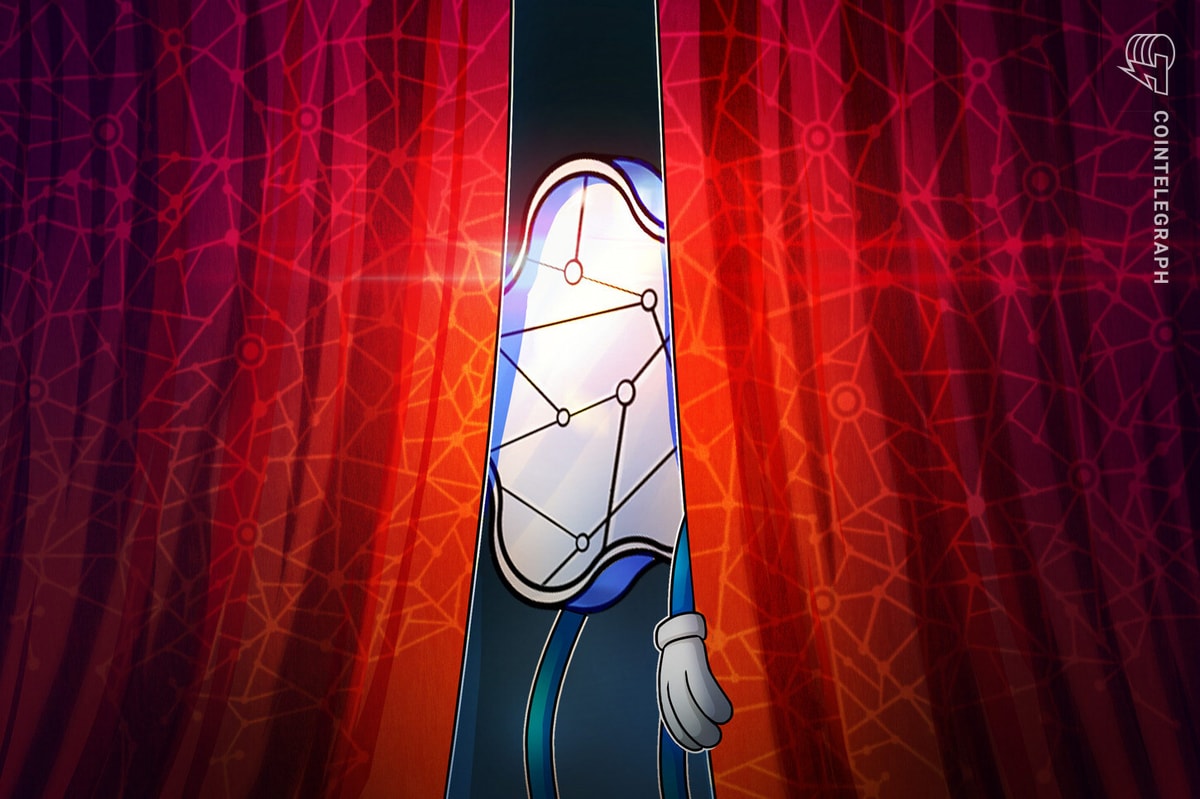The arrival of the PC was transformative for gaming — avid players could suddenly experience what it’s like to be a pilot, a train driver or even a goat through simulation.
As cutting-edge as this new genre was, it also had its limitations. Powerful graphics cards were needed to ensure the game ran smoothly, and small screens meant players would always be aware they were in the real world.
The advent of virtual reality headsets changed all that. Thanks to this technology, gamers can have a 360-degree view of sitting in a cockpit or piloting a high-speed train from London to Paris. Virtual worlds in the Metaverse can also unlock hyper-realistic, immersive experiences beyond anything players have seen before.
The market for simulation games continues to grow. Meanwhile, figures from Statista suggest total market volume in this genre is set to hit $24.14 billion by 2027.
Simulation games are often appealing because of how they give players a realistic insight into real-world occupations beyond their own. While some virtual lands in the Metaverse are completely fictional — a figment of a designer’s imagination — others are using real-world data to create a canvas that blends interplanetary exploration with the escapism of a fantasy game.
Life on Mars
One 3D metaverse game that aims to offer something a little different is Mars4. Here, the virtual landscape that players explore is based on NASA’s data, resulting in a highly detailed map of the red planet’s terrain. This land was then divided into individual plots, represented by nonfungible tokens (NFT).

Source: Mars4
From the comfort of their own homes, Mars4 players can go on expeditions and explore magnificent vistas that lie 140 million miles away. Some of what they’ll be tasked with includes driving rovers, building colonies, setting up camps and gathering resources, and they’ll be able to work with fellow players to thrive in the challenging climate.
The Web3 game’s creators say they wanted survival mechanics to play a central role in each player’s experience, which means they’ll need to keep track of their water and oxygen levels to stay alive, as well as sudden changes in temperature. Mastering self-care is vital before other skills in the game can be acquired.

Source: Mars4
Going places
Accurately depicting the topography of Mars means this game has a vast landscape, and because of this, players need a rover to get around. There are currently two models available. While the Caripen GT offers ground-penetrating radar capabilities so players can identify the mineral makeup of rocks and locate scarce ores, the Karkanda Exo-Transport is a versatile machine that can drive on difficult terrain, withstand severe storms and access hard-to-reach areas.
Two more rovers will be rolled out over the summer months, and with each model having a Normal, Epic and Legendary tier, there are many qualities and capabilities to discover.
In time, Mars4’s team plans to add multiplayer functionality enabling gamers to casually roam the red planet with their friends and form new communities. These groups will harvest, build and explore together — all the while feeling like intrepid astronauts while doing so.
The developers say their primary mission was to create the perfect blend of science, innovation and excitement, and deliver an experience that’s truly out of this world.
Disclaimer. Cointelegraph does not endorse any content or product on this page. While we aim at providing you with all important information that we could obtain in this sponsored article, readers should do their own research before taking any actions related to the company and carry full responsibility for their decisions, nor can this article be considered as investment advice.












